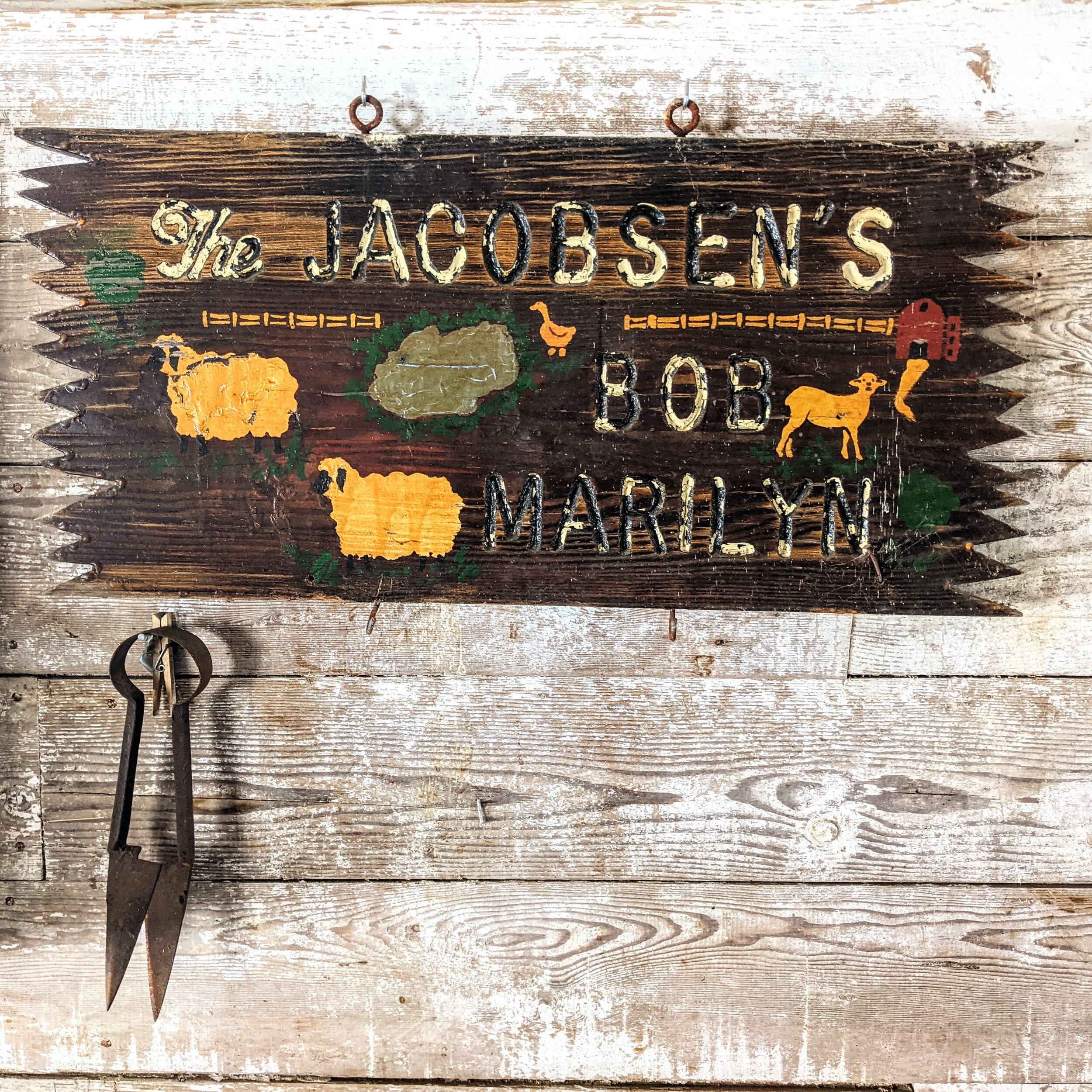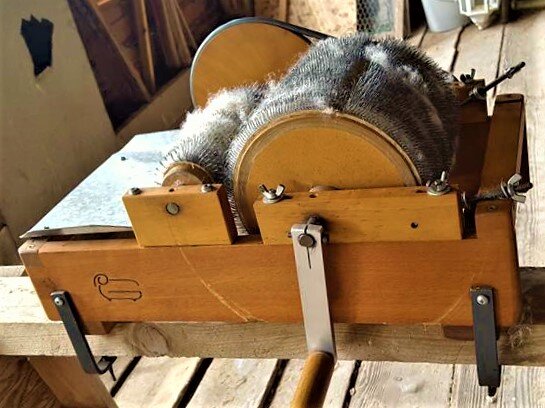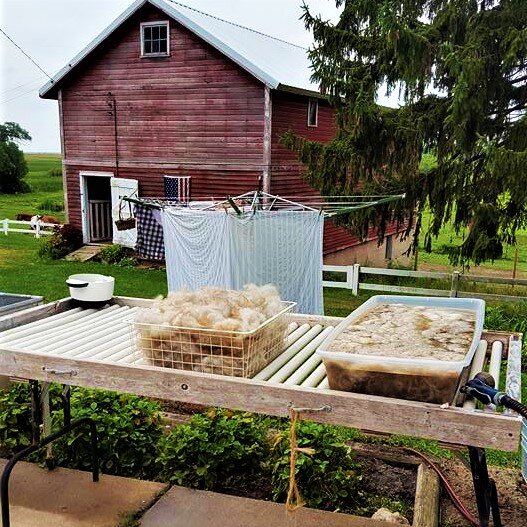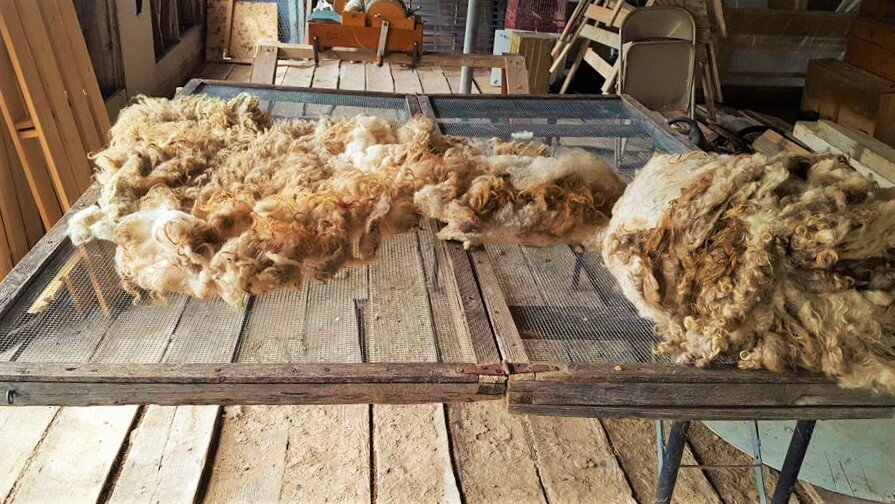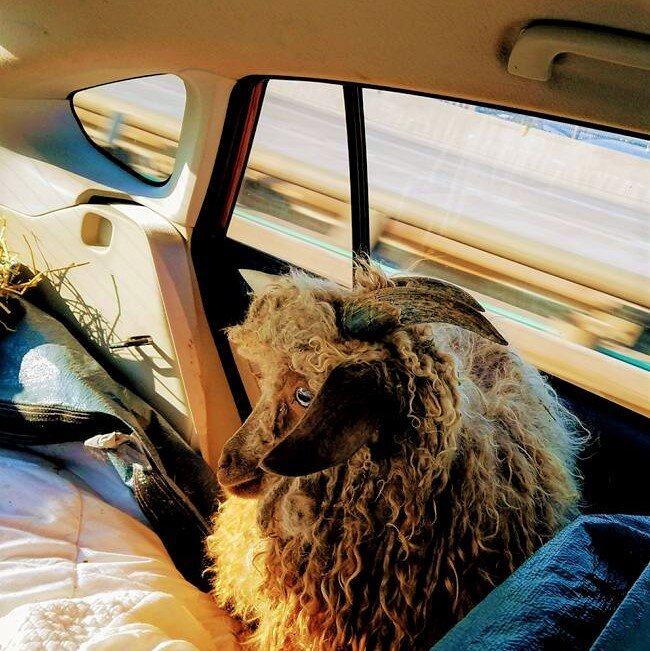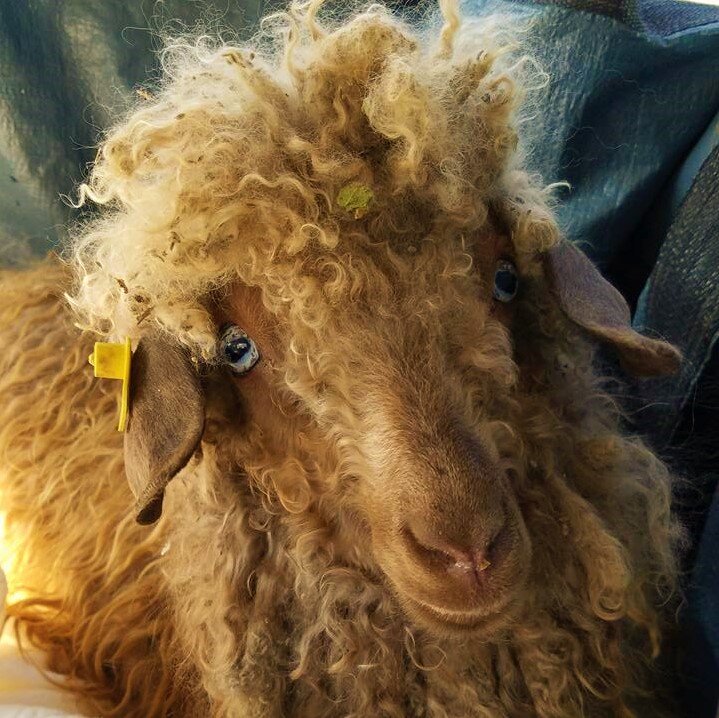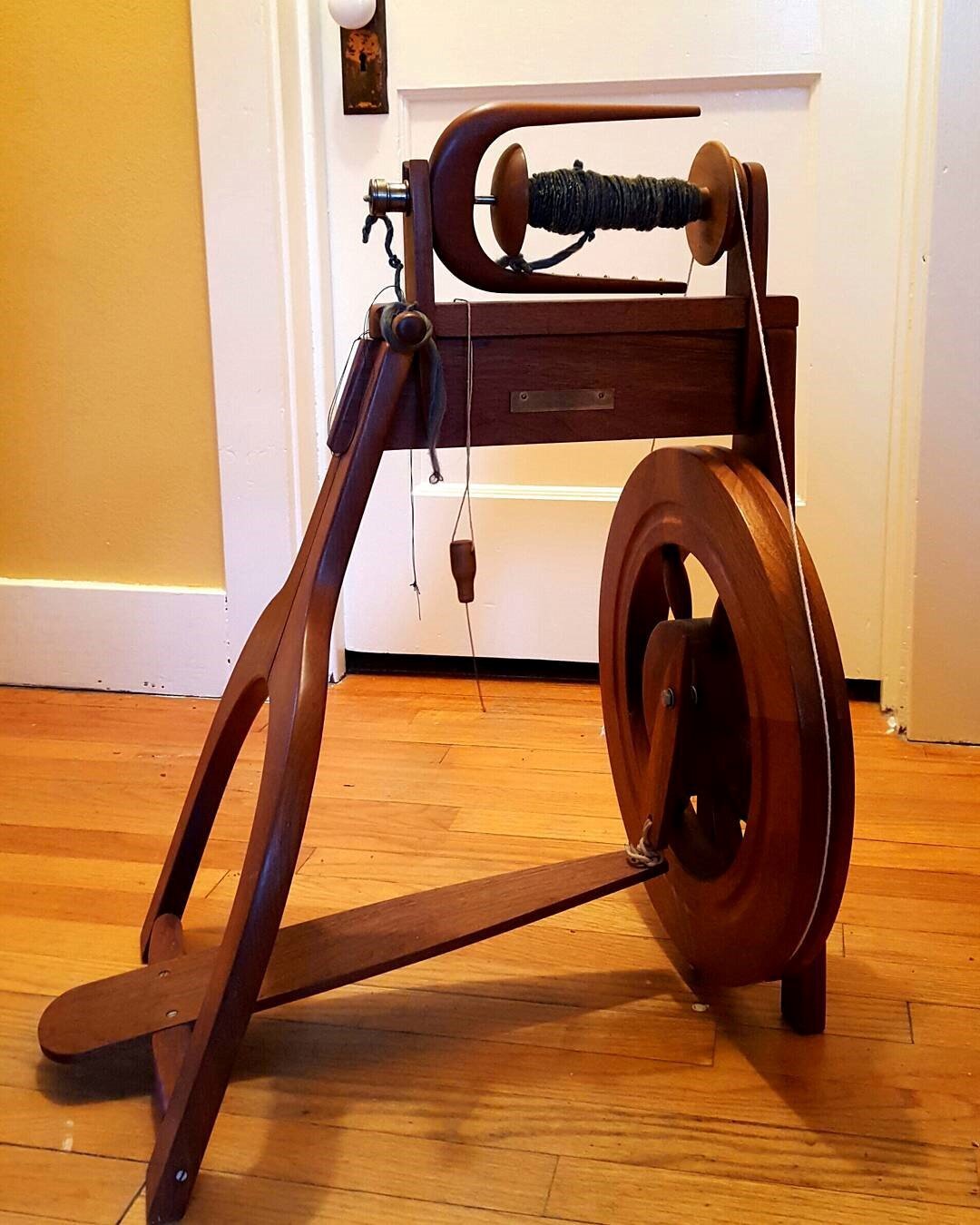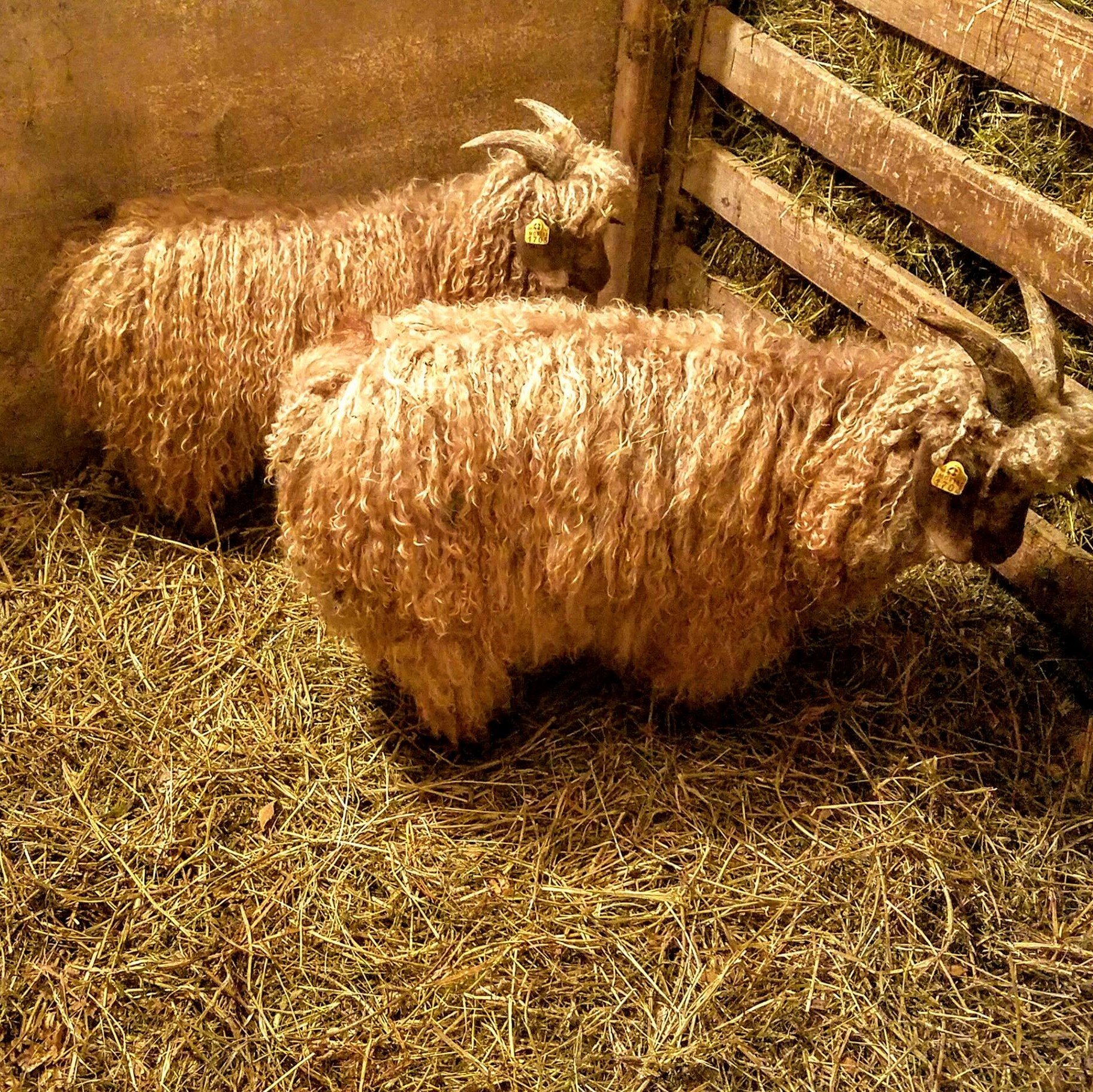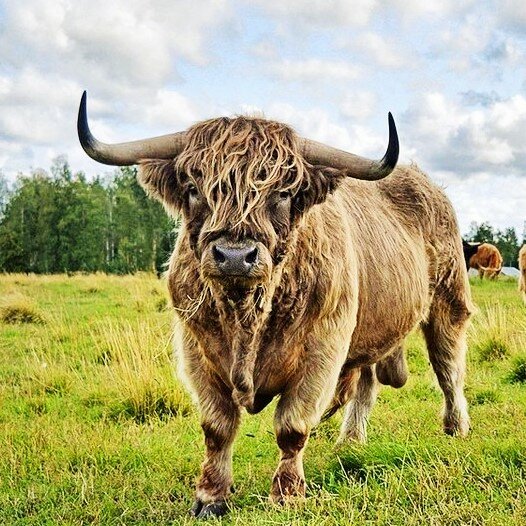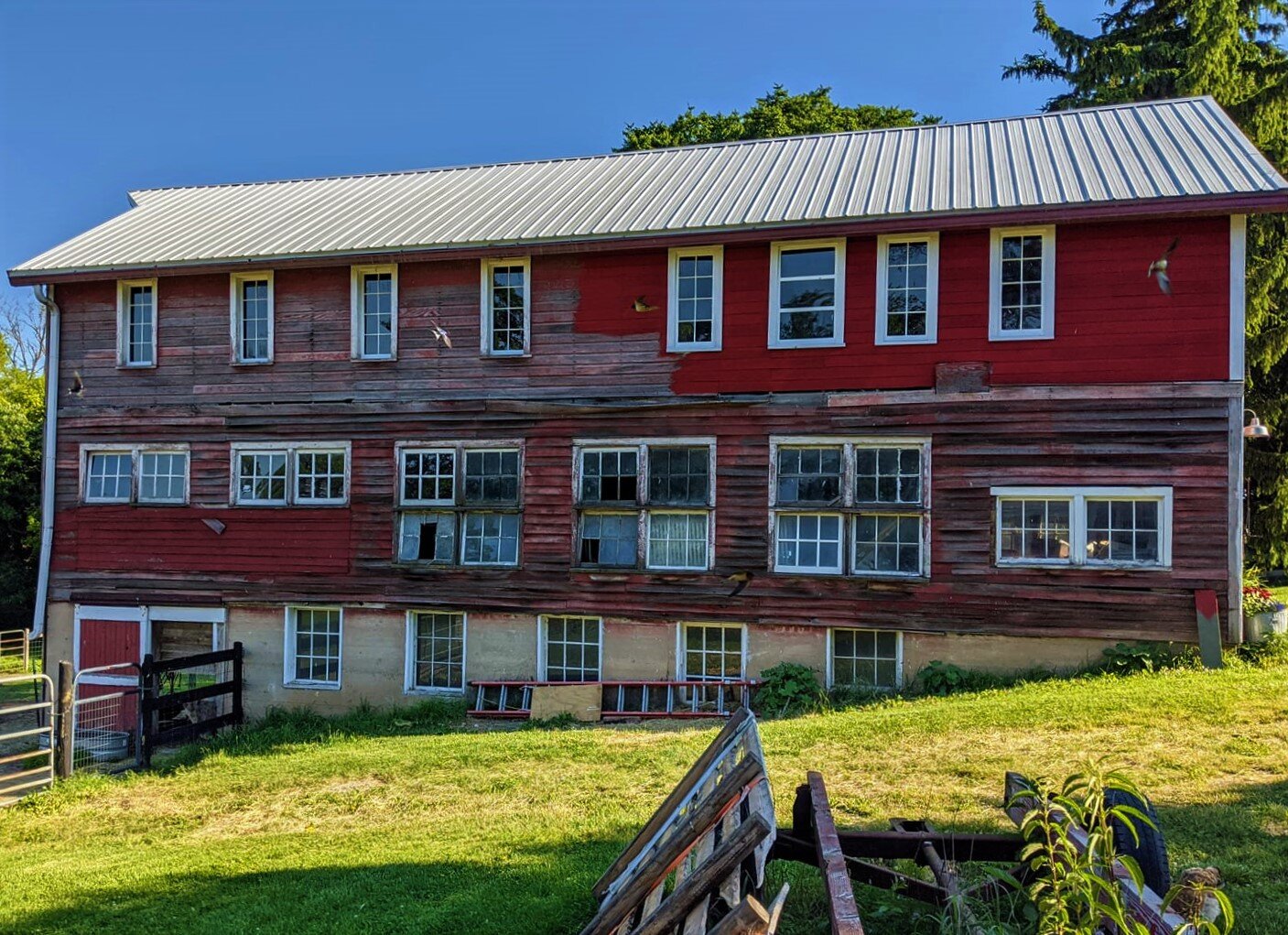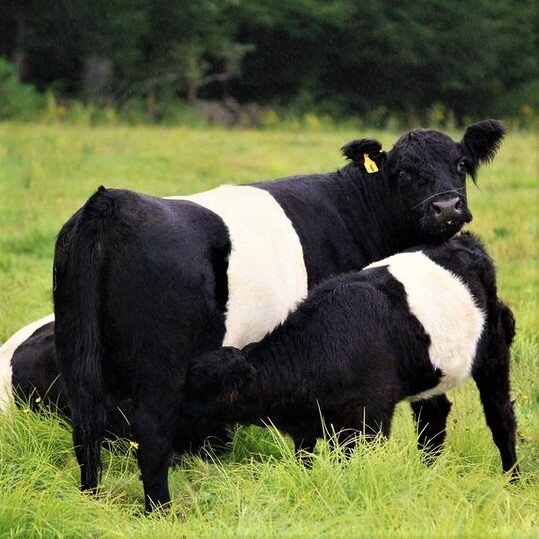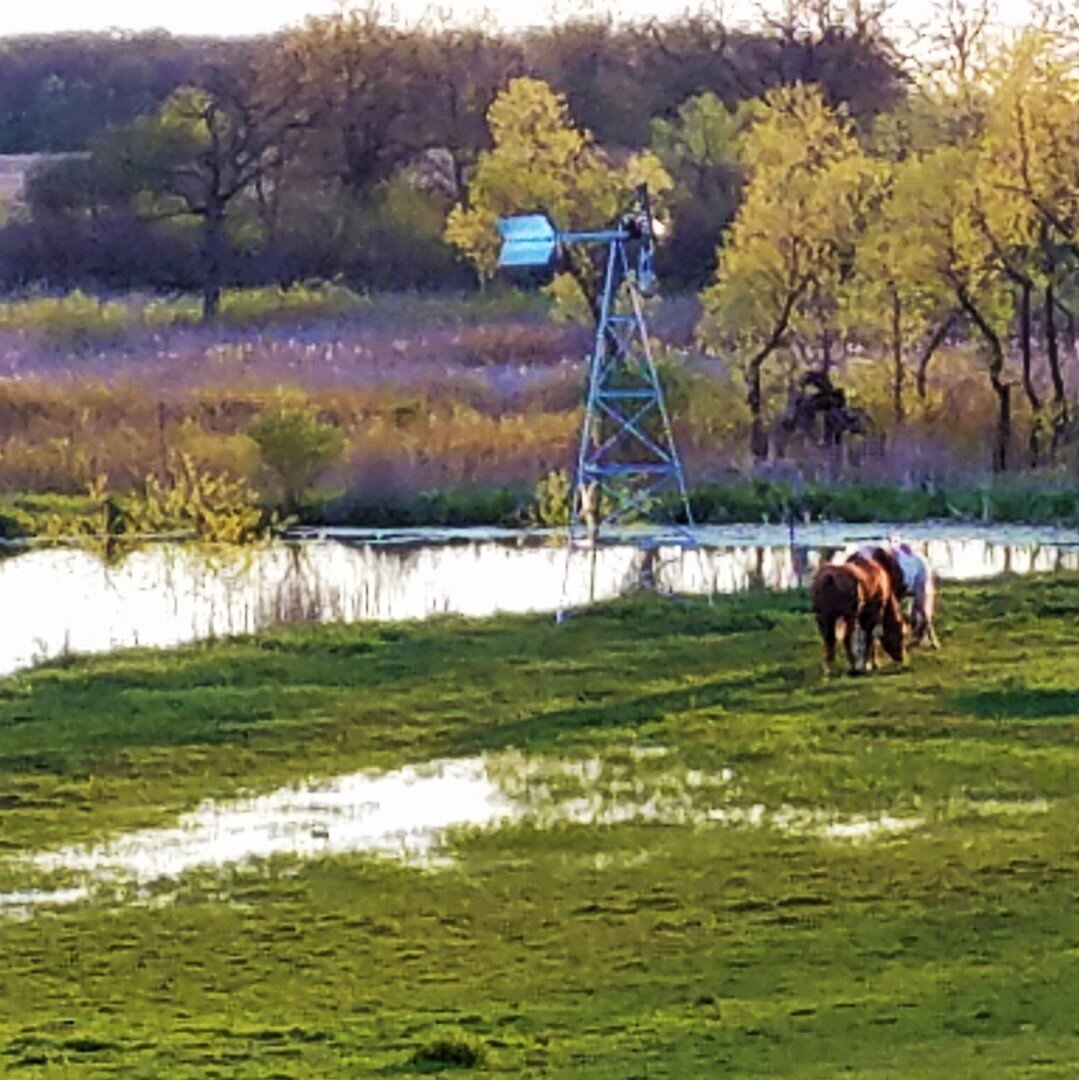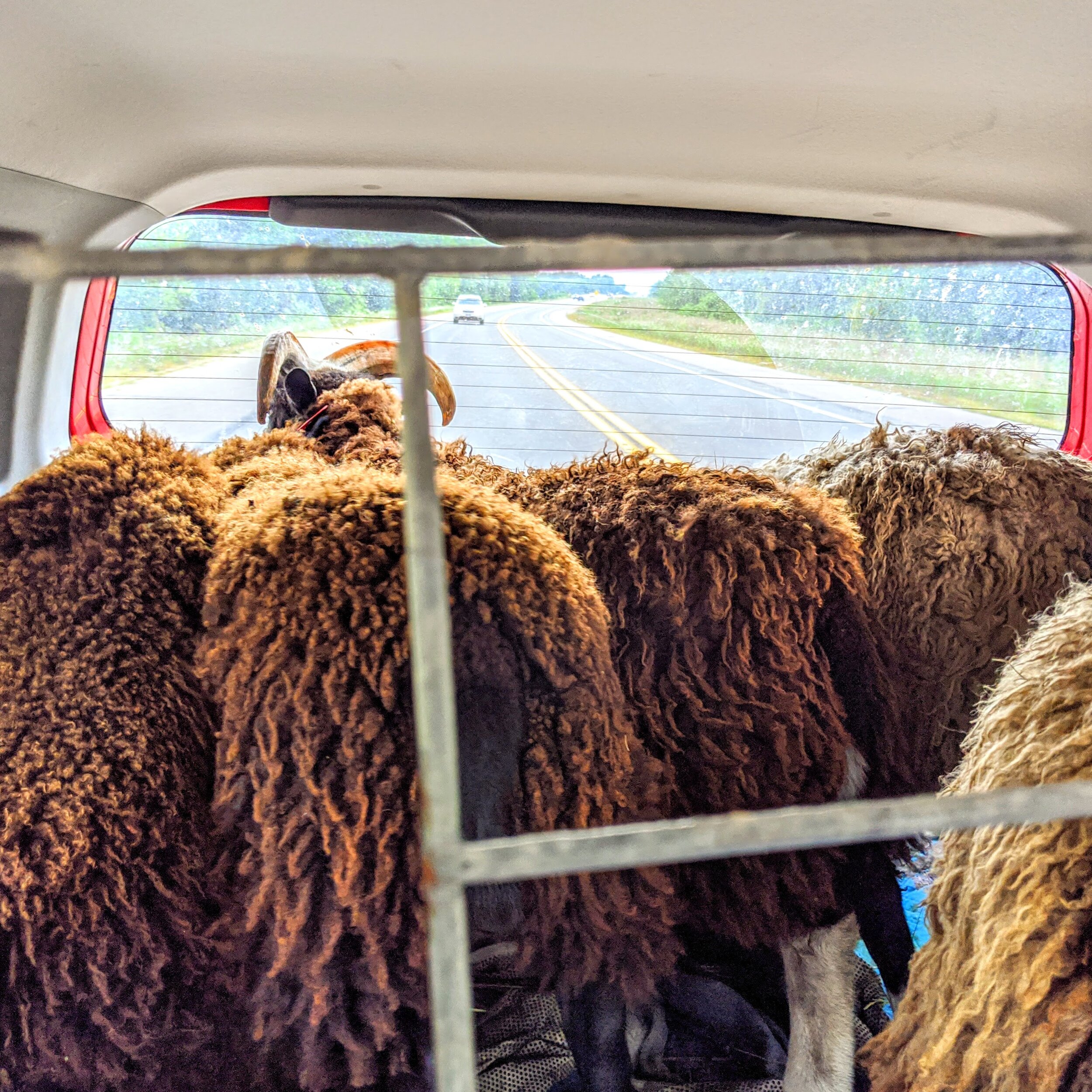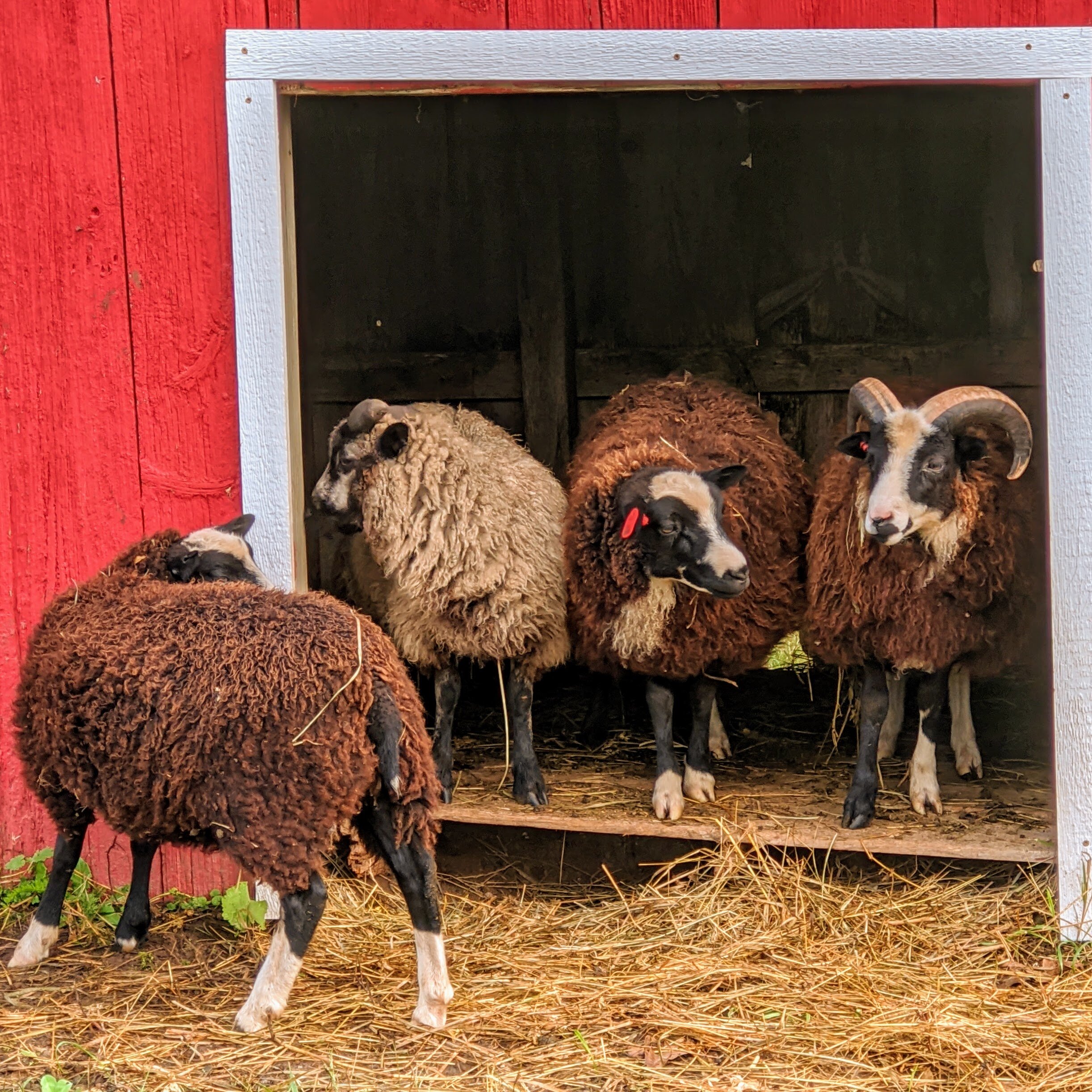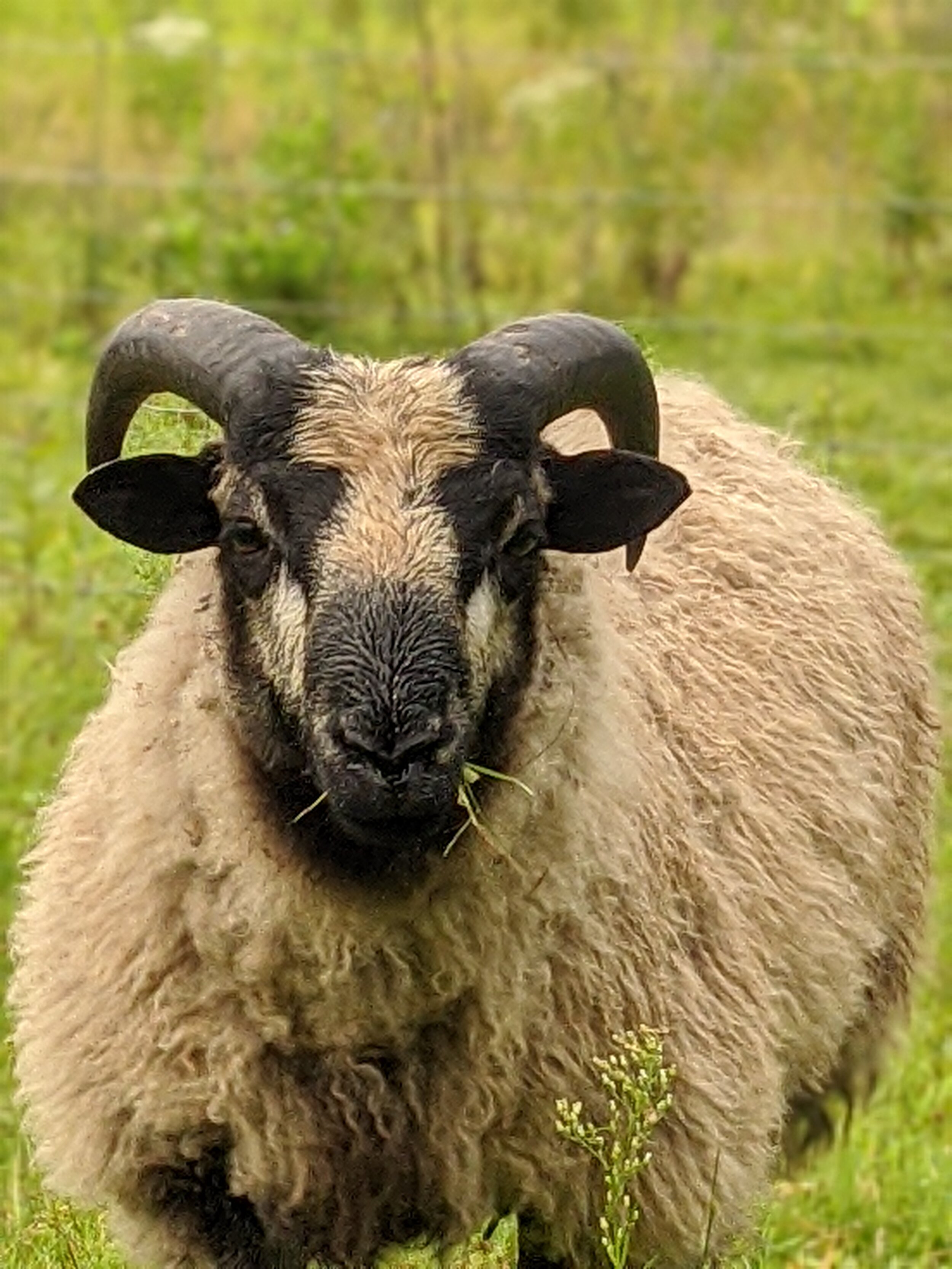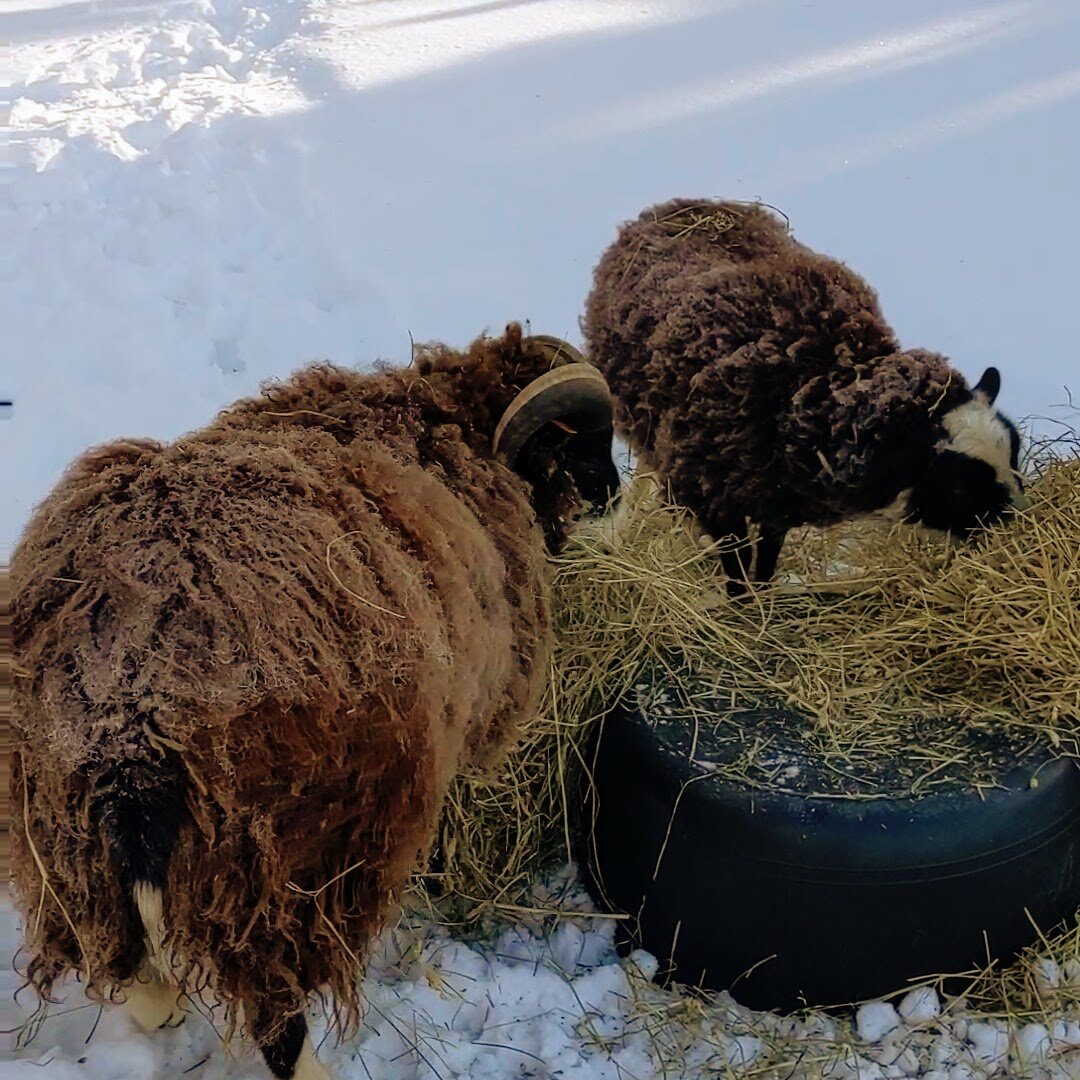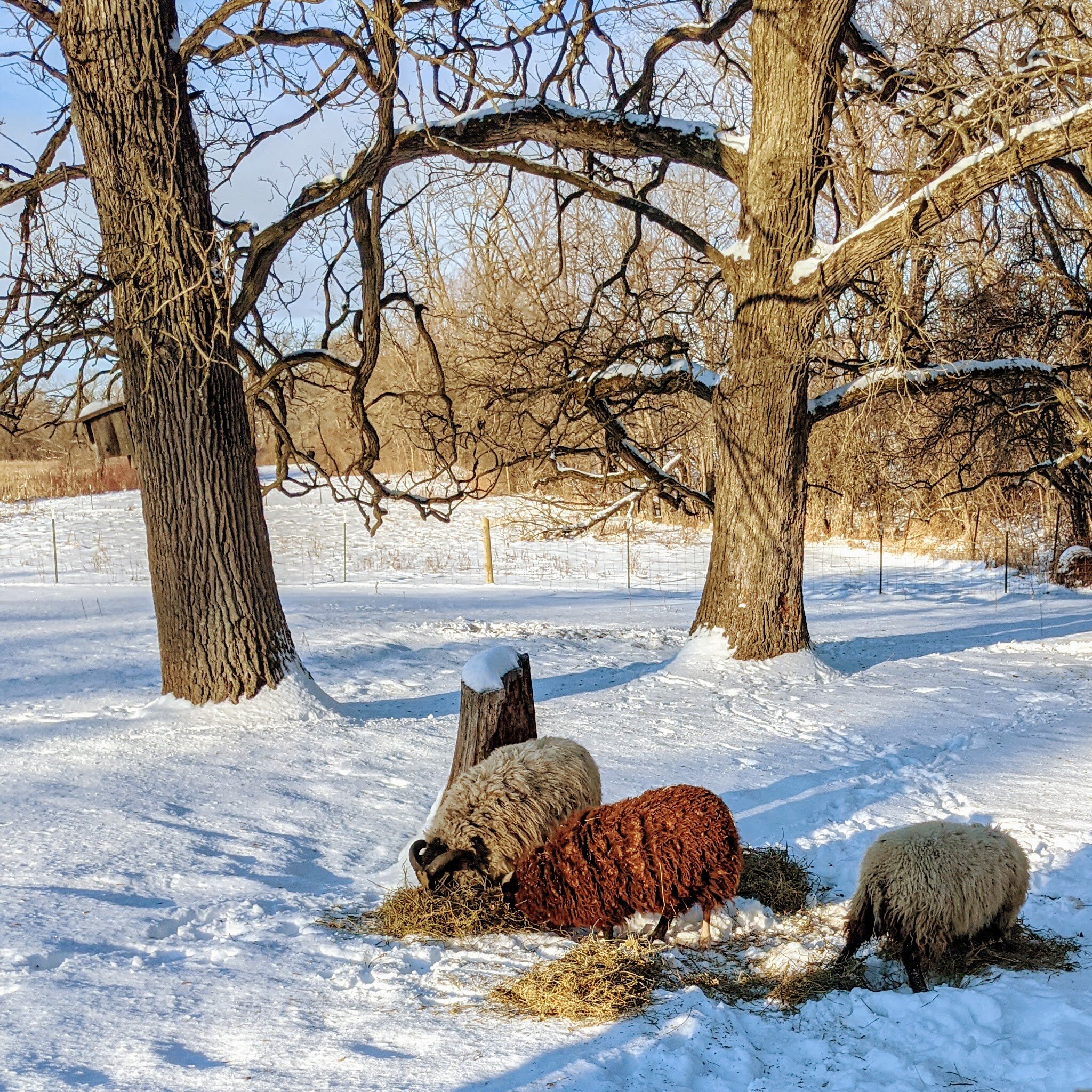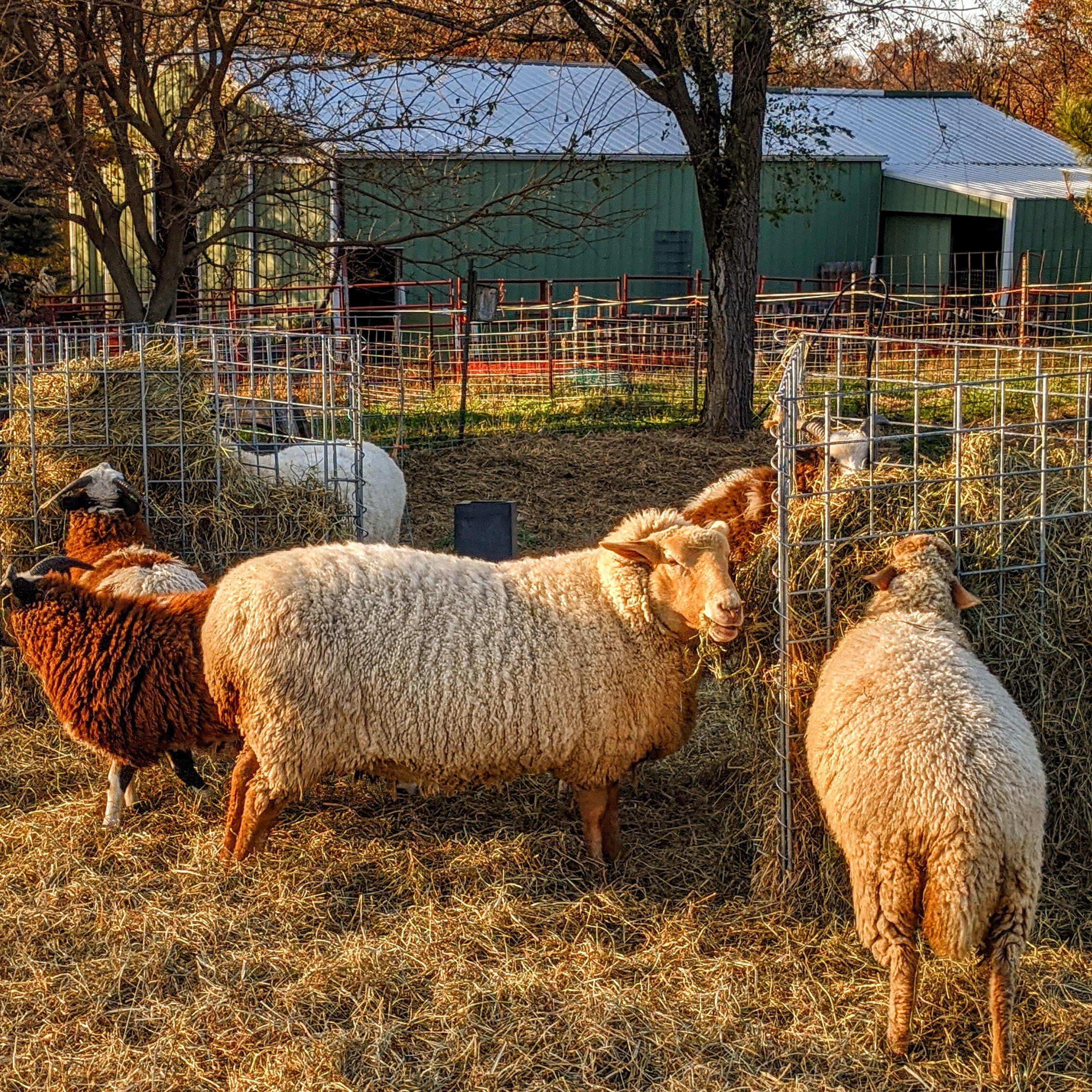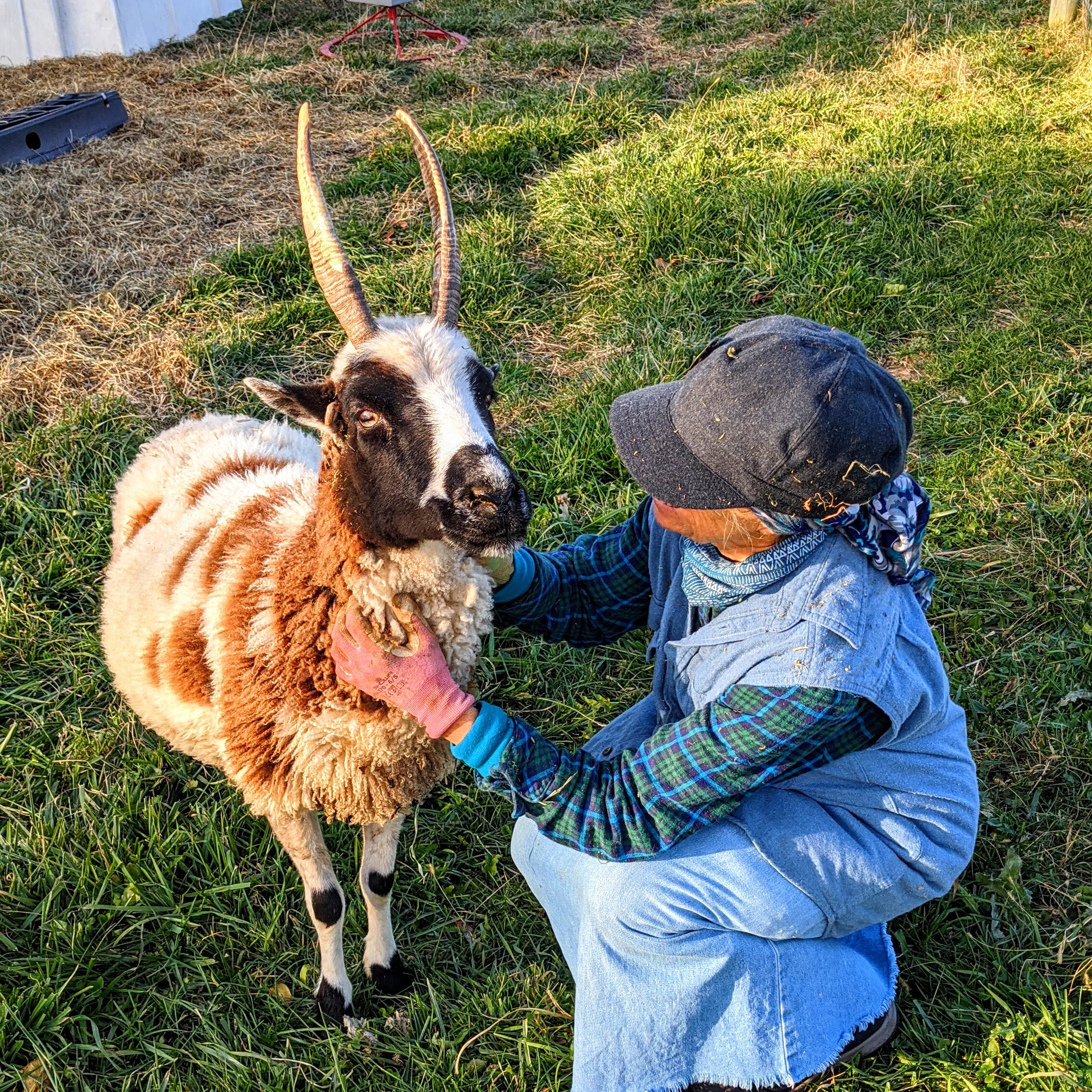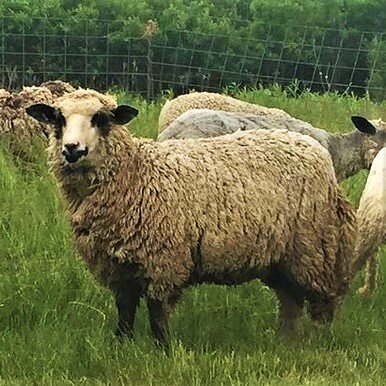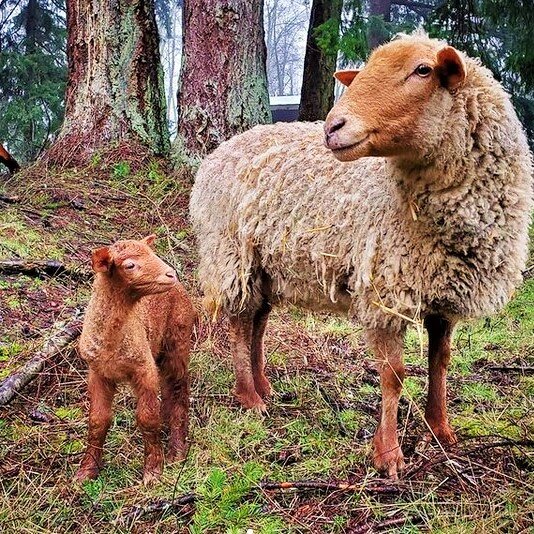Why Sheep?
Recently someone asked me why sheep?
The question seemed obvious to me but looking back now, if one did not know the history of this farm, or sheep for that matter it was a good question. A good subject for this February blog post as I anxiously await the spring and our first lambing season here on Brown Dog Farm.
The most flippant response was because they were here when we bought this farm. Part of our offer on the farm was to take the animals that were living here, a llama, an angora goat and two ewes, a Lincoln, and an Icelandic. Marilyn Jacobsen raised sheep and goats for fiber for years. Her barn was full of fiber processing equipment, skirting tables, shears, creep feeders. In the barn I found notebooks full of lambing records and notes on animals long gone. The basement was set up for her felting projects, and all sorts of things I could not identify. It seemed natural I should learn about my charges, so a dear friend offered to teach me how to process the fleeces that began to stack up after the yearly shearing. I read all the books I could get my hands on and stayed up late watching You Tube videos of washing and carding and spinning. I loved the feel of this beautiful wool and angora fiber, and it was thrilling to know it came right off the animals in my back yard.
As with all farms that raise livestock, eventually you experience dead stock. I lost the dear Angora wether and I missed him so..I convinced Ed we should find another and one fall day we drove our Subaru all the way to St Louis, picked up 2 angora bucklings and got them home by night fall.
I think I was getting hooked. Ed gave me a beautiful antique spinning wheel that fit snugly in our den beside the wood stove. Winter evenings I learned to spin and fall and spring days I cleaned and dried fiber out in the sunny yard.
Our plans for transitioning our cropland into pasture continued to move forward. To become a truly regenerative farm, we need to be feeding our pastures. If we continued to make hay on the pastures, eventually we would deplete the minerals from the soil. You cannot continually take and not replenish. We are on the road to becoming a regenerative farm. That means we need to be replenishing the fertility to our spent soils and building soil organic material. The way to do this without outside inputs, to boost fertility, is to introduce animals to the pastures. This is one of the cornerstones of regenerative farming. We needed to get animals on the pastures, and we needed to decide which would be the most appropriate for our farm. The animals needed to match our acreage, our climate, our topography, and our infrastructure.
I love the angora goats but they need to be shorn twice a year, their feet trimmed about every 3 months and they are kind of delicate for our climate of extremes. To have a large herd, I would need more barn space, better fences and more help labor-wise.
Ed was very enamored of cattle and we were thinking of Belted Galloways or Highland cattle. Our farm is unique for our area in that we have quite a bit of varied topography. We are on a hill and our land runs out to the west towards a wetland. We also are a small farm, just 40 acres. Our barn is a bank barn and the winter paddock areas are low and spring brings us quite a bit of mud. After experiencing a couple of seasons, it became obvious that cattle were going to be hard on our farm, especially in the winter. Our fences were sub-par, and our 2 horses already did a pretty good job pf pugging up the winter sacrifice area.
So that left sheep. Yes- sheep were going to be perfect for our plan. We could handle the right number of sheep and set up a rotational grazing system that could accommodate a flock of dual-purpose sheep. Something that would produce a nice fleece but also a breed that we could direct market meat. In the meantime, I needed to start somewhere to begin learning how to be a better shepherd, so I found a small starter flock of Shetland Sheep.
Shetland are small sheep with beautiful fiber. They are a very hardy and thrifty little breed from the Shetland Islands off the coast of Scotland. They are friendly, curious, and entertaining. I fell in love with them as they settled into the back of our little SUV on the way home from Viola WI.
I ran 2 small breeding groups this fall and this spring I am expecting my first batch of lambs. The Shetlands will produce beautiful fleeces. The males have beautiful, curled horns. Their fleeces came in a wide range of colors and patterns and are a favorite of hand spinners and fiber artists. They are great tasting meat animals but they are small. They are on the Livestock Conservancy Priority list. At present they are in the recovery group of the list, which means their numbers are growing. I am interested in developing a flock of different colors that do well on pasture and that will provide me with exceptional fleeces I will market towards hand spinners. I also want to offer tanned hides and skulls/horns.
As many of you know, I am very interested in heritage breeds of animals. These animals need to be raised on farms that will market them, their fiber, and their meat to save them. A breed will not have a secure future if no one uses them for fiber or meat. I will need to add another breed of larger sheep to my farm to have the market sized meat lambs that people are looking for. I am looking at either Tunis or Romeldale CVM to add to my flock and grazing system. Both are similar in size, do well in grazing systems and have nice fleece for hand spinning. Both are on the Conservancy’s list , the Tunis on the Watch list and the CVM on the Threatened.
This fall I had the pleasure of visiting the farm of a fellow shepherdess, Linda Derrickson. Her flock at Bluffwood Landing Farm included Jakob, Tunis, CVM, and Gotland sheep. She shared so much valuable information with me about all aspects of her operation, her no-till gardens and beautiful homestead. She is a gentle and guiding mentor in our regenerative dreams. I hope to acquire some of the hearty and beautiful genetics from her flock.
So that is why sheep. I will keep you up to date on our spring lambing season and what comes next. This past year I accomplished my first big hurdle of working with a grazing specialist and getting my grazing plan down on paper. Laying out all the paddocks, fence and waterlines on paper and planning all the infrastructure improvements I need to get my sheep operation off the ground. This spring I await word on whether I will get an EQIP grant from the NRCS for my grazing infrastructure waterline improvements. Cross fingers I am accepted, if not I will still push forward as best I can. We have big plans moving forward and can’t wait to share with you.
Be well and think spring!! And LAMBS!

